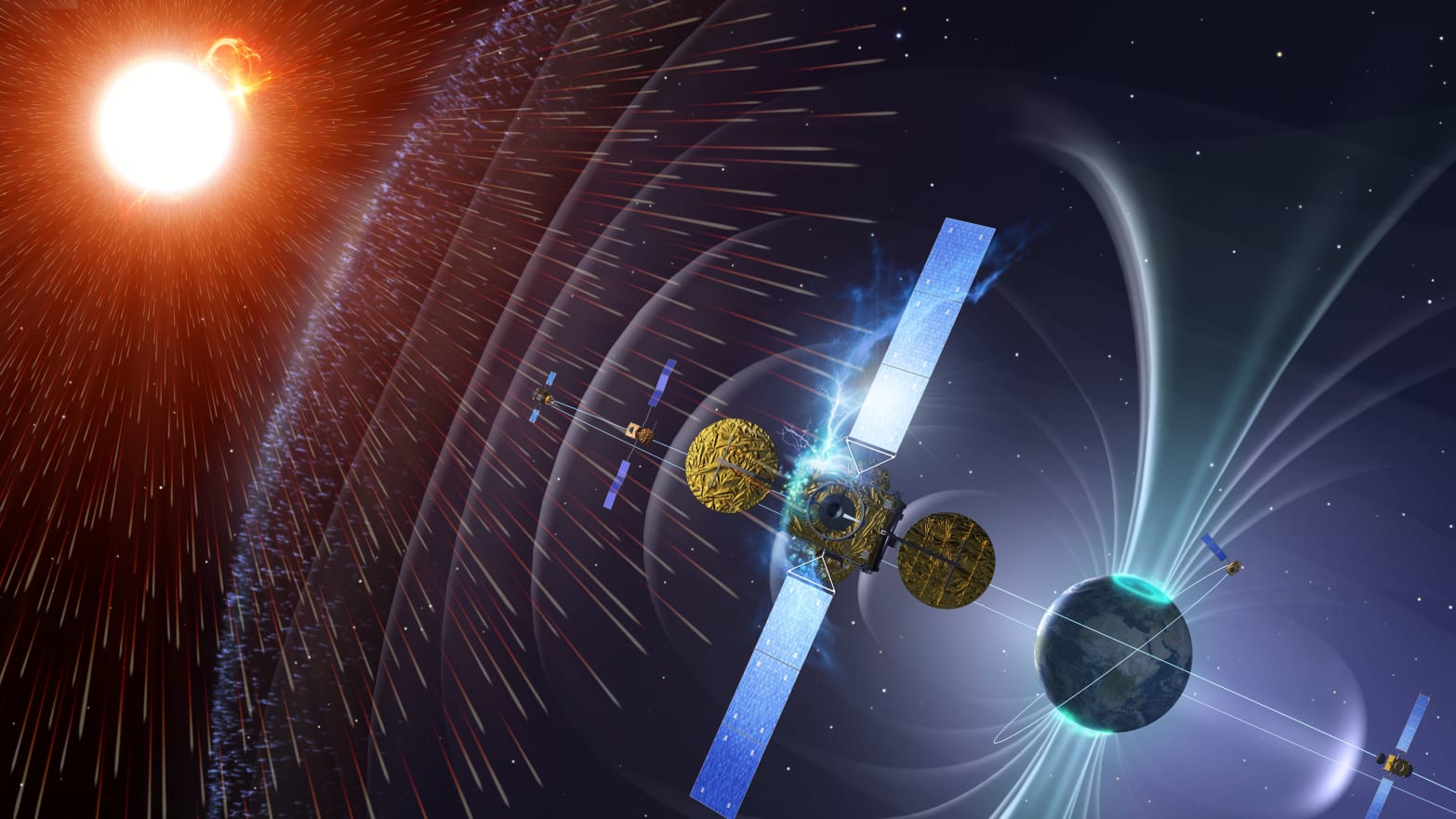The heliosphere is a vast region of space dominated by the Sun’s magnetic field and the solar wind. It extends far beyond the orbits of the planets and shields the solar system from the harsh environment of interstellar space.
Key Features of the Heliosphere
- Shape: The heliosphere is thought to have a teardrop shape, with the Sun at one end and a long tail extending outward.
- Boundary: The boundary of the heliosphere is known as the heliopause. This is where the solar wind encounters the interstellar medium, the material that fills the space between stars.
- Magnetic Field: The heliosphere is filled with the Sun’s magnetic field, which is carried outward by the solar wind.
- Interaction with Interstellar Medium: The interaction between the solar wind and the interstellar medium creates a complex region known as the termination shock.
Importance of the Heliosphere
- Shielding: The heliosphere shields the solar system from harmful cosmic rays and other radiation from interstellar space.
- Solar Wind: The heliosphere is filled with the solar wind, which can affect the behavior of spacecraft and satellites.
- Space Weather: The heliosphere plays a role in space weather, which can impact Earth’s technology and environment.
Exploring the Heliosphere
Scientists have been studying the heliosphere for decades using spacecraft such as Voyager 1 and Voyager 2. These spacecraft have provided valuable data on the properties of the heliosphere and its interaction with the interstellar medium.
The heliosphere is a complex and dynamic region of space that plays a crucial role in the solar system. Understanding the heliosphere is essential for predicting space weather and protecting our technology from its effects.
Would you like to learn more about a specific aspect of the heliosphere, such as its shape, boundary, or interaction with the interstellar medium?



